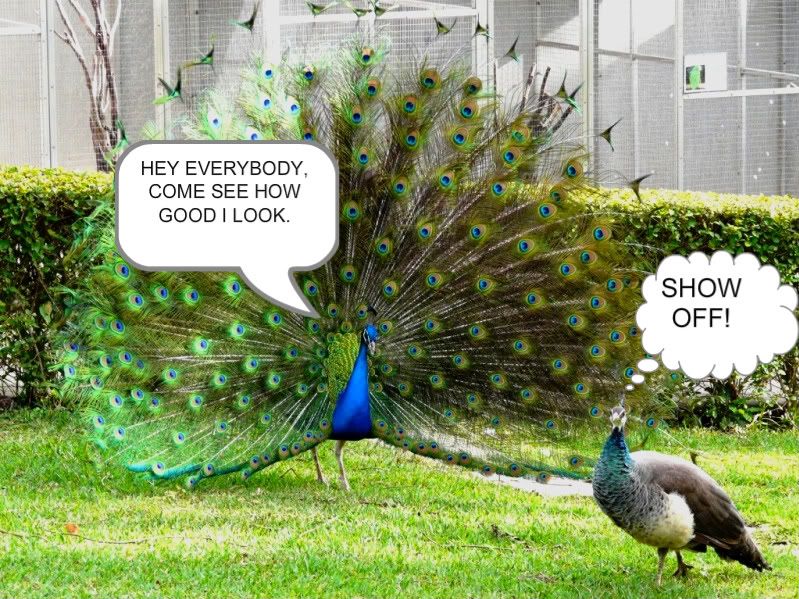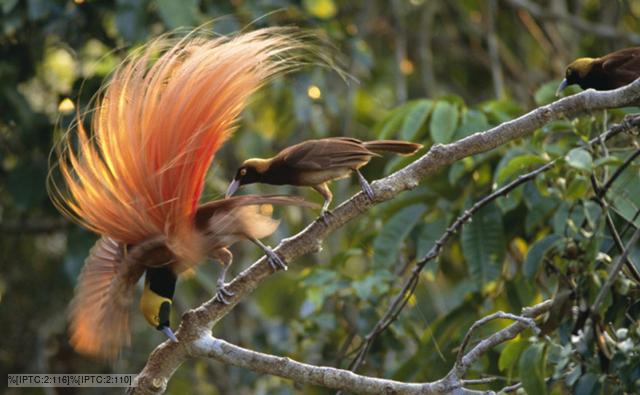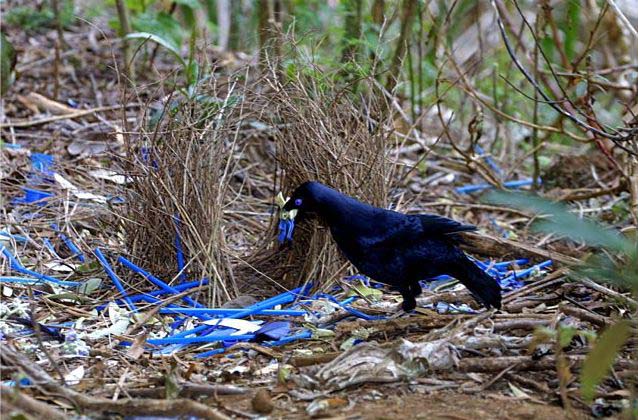Why We Like It Spicy
 |
| [5] |
What’s the big deal? Antimicrobial properties!
Thirty
spices were tested and all were found to kill or inhibit at least 25% of the
different bacteria they were tested on, while half of the spices were found to
kill or inhibit at least 75% of the bacteria [1]. The most potent
spices revealed to be garlic, onion, allspice, and oregano as they inhibited
or exterminated every bacterial species tested [1]. This is a comforting statistic
as it is more likely for bacteria to be the cause of a food-borne illness outbreak
than yeast or fungi and the tested bacteria are found worldwide [1].
 |
| [7] |
Don’t believe in the power of spices yet?
Perhaps the San people will help change your mind.
The
San Bushmen are a group of nomadic hunters/gatherers in the Kalahri desert in
southern Africa whose diet consists of only spicy foods (mainly plants), yet exhibit great health [2].
So, should Icelandic people be rushing to the local
supermarket and gathering spices? No, they need not worry. Sherman states
there’s no need for them to use spices as a meat left outside overnight would
freeze, slowing the accumulation of bacteria [3].
Looking All Over the World
Sherman
and Billings looked at “traditional” meat-based recipes worldwide and tabulated
what countries used what amount of spices per recipe in order to determine if
there was a pattern in spice use [1]. These results were hard to analyze. In
another approach, they focused on the annual temperature of geographic regions.
Their assumption was that a country’s annual temperature should be proportional
to its meal spoilage rate. Thus, their prediction was countries with higher
annual temperatures should use more spices in their recipes. Their prediction
proved to be true. Results of countries showed as the average annual
temperature increased, the number of spices used significantly increased,
especially in spices that are highly effective in inhibiting bacterial species [1].
Variation in Food Poisoning Rates
In
their research, Sherman and Billings compared the number of food-borne illness
cases between Korea (whose recipes traditionally contain spices) and Japan
(whose recipes traditionally don’t contain spices). Results showed between 1971
and 1990, food poisoning affected 29.2 out of every 100,000 Japanese people and
3.0 people out of every 100,000 Koreans [1]. Although there
are additional factors to consider as to the reasoning behind the statistic,
this result largely supports the theory that spices reduce food-borne illnesses.
Sherman and Billings also explored other possible explanations
for regional spice use. This included the ability of spices to hide a putrid
flavor or odor.
 |
| [9] |
Let's Wrap it Up
With all of this evidence, it is difficult to ignore the impact of spices, as well as Sherman's reasoning behind regional variation of spice use. So think twice before you eat a meal with little to no spice. If you’re not
going to do it for your taste buds, at least do it for your intestinal tract.
 |
| [8] |
References
4. Zuk, M. Riddled with Life: Friendly Worms, Ladybug Sex, and
the Parasites That Make Us Who We Are. Orlando: Harcourt, 2007. pp 211-212.



 [8]
[8]














